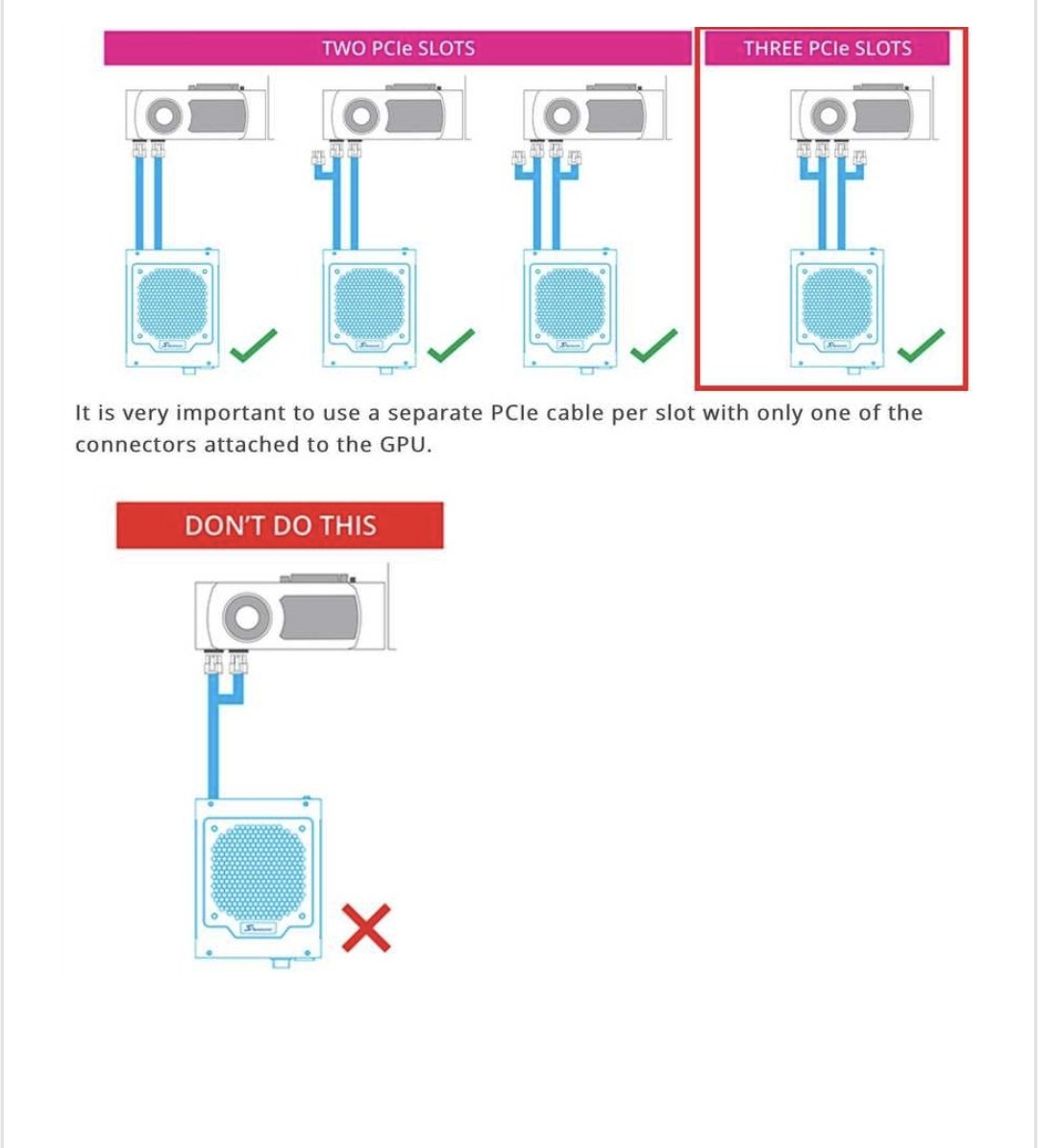I could be wrong here, but I think the common interpretation here is wrong. The risk is not that the wires overheat and cause a fire. The risk is that the card draws too much current from a single 12V power rail on your PSU, sustained for a long time, and that burns out the power rail on your PSU.
I have a 6950 XT that I used with a 850W PSU that was connected incorrectly according to the diagram, with multiple connectors coming off a single rail. After about 6 months, one day my SSD stopped working, and after some tinkering, I realized that if I plugged it into a different 12V connector, it started working! I had burned out one of the 12V rails on my power supply, and I strongly suspect it was my incorrect wiring into my 6950 XT that caused it. (edit: I got a new PSU and never looked back)

